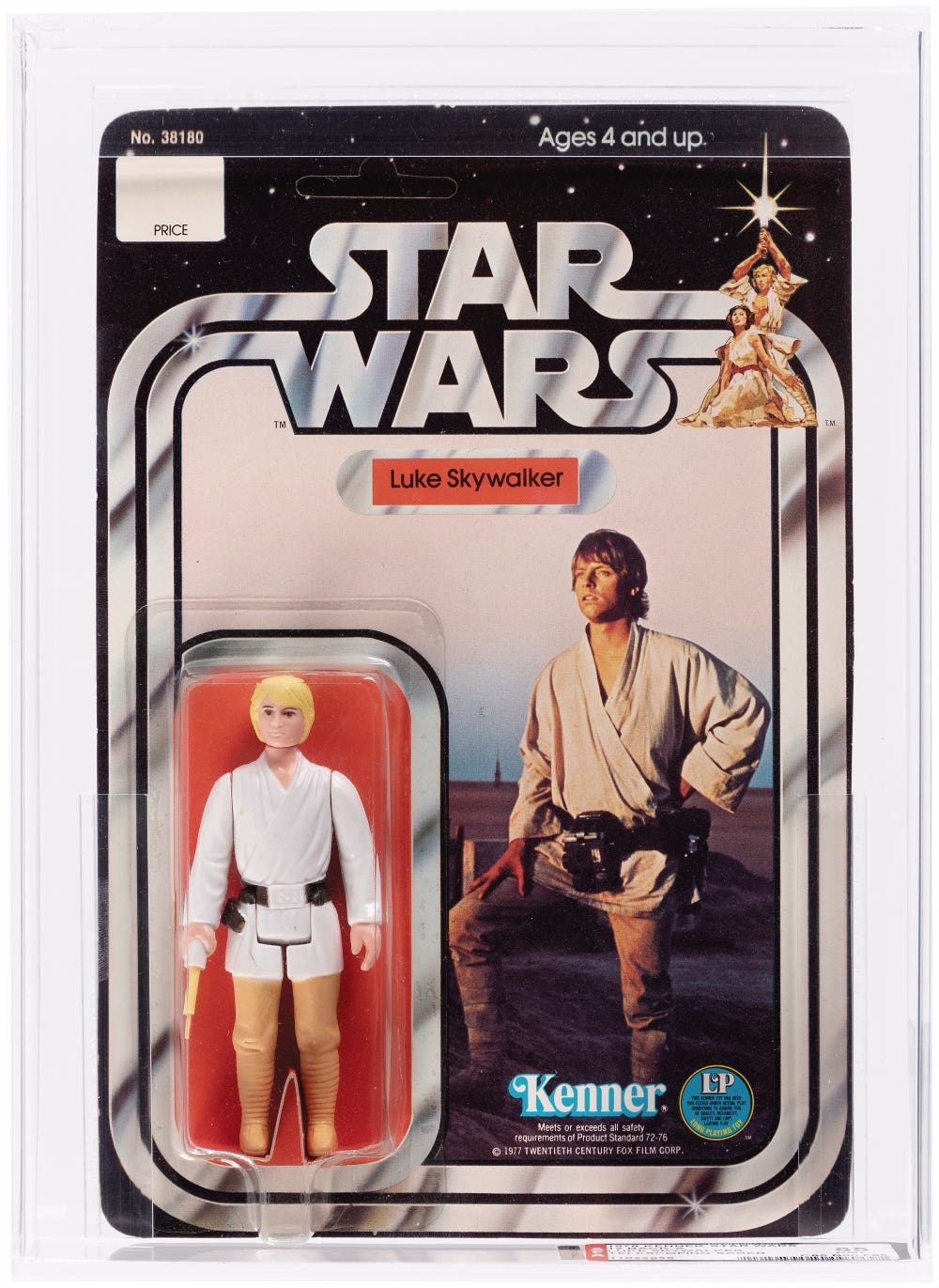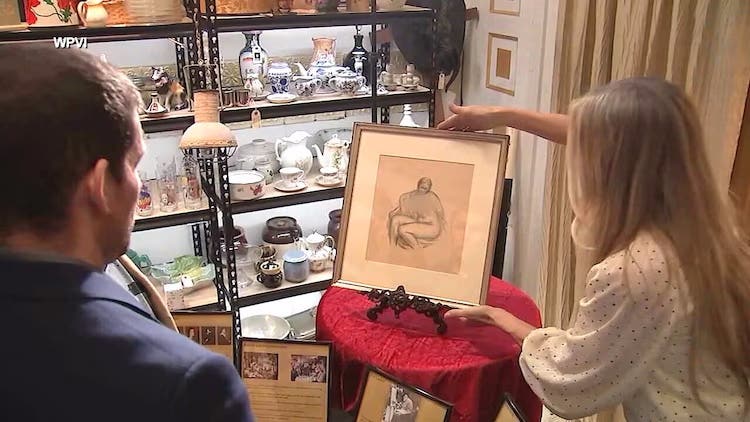A Purr-Fect Storm
Nyan Cat, the Internet’s most famous digital Pop-Tart body flying kitty, just sold for nearly $600,000. Is the sale of digital assets a fad or the future?
The collecting world just got a little stranger – and a lot more colorful – last week when a digital asset of an animated flying cat with a Pop-Tart body sold at auction for nearly $600,000.
Chris Torres created the wildly popular Nyan Cat in 2011. The meme of the pixelated cat flying across space leaving a rainbow trail in its wake has been shared and viewed online hundreds of millions of times. A one-of-a-kind version of the quirky kitty sold February 18 on Foundation, a website for buying and selling digital goods, for roughly $580,000.
“It was crazy,” Torres told Artnet News. “At first the auction was going very slow, so I didn’t think it’d get that many bids, but there was a wild bidding war near the end. Part of me was thinking this can’t be real. There’s no way.”
Nyan Cat is a startling example of the quickly evolving collecting world. The work itself is a throwback to 1980s video game characters and features an equally upbeat techno soundtrack. There’s no disputing it’s fun, but this valuable? No one could have imagined
The sale sets a new standard in the fast-growing market of ownership rights to digital art, ephemera and media know as “non-fungible tokens” or NFTs. Buyers of NFTs are not acquiring copyrights, trademarks or even the sole ownership of whatever it is they purchase. What they are buying is the ability to say they own an authentic version of the NFT.
The rapid growth in the NFT market is confounding.
A clip of NBA superstar LeBron James blocking a shot in a Lakers game sold for $100,000 in January. On the opposite end of the scale, a Twitter post by Mark Cuban, owner of the NBA’s Dallas Mavericks, sold for $95.
While digital assets are easily duplicated, NFTs are now identified using Blockchain technology, which is able to designate an official copy of a piece of digital media. Often associated with Bitcoin, Blockchain technology allowing artists to sell digital goods and consumers to purchase them with assurance of authenticity.
And as Nyan Cat demonstrates, those sales can be staggering.
What the future holds for digital assets sales is murky at best. Are we witnessing the dawn of a new and exciting market or is this a passing fad?
“A lot of people are cynical about this kind of thing,” Marc Andreessen, a venture capital investor at Andreessen Horowitz, said in the social media discussion earlier this month. But people don’t buy, art or baseball cards or even sneakers for the value of their materials, he and his partner, Ben Horowitz, explained. They buy them for a more basic yet ethereal reason.
“A $200 pair of sneakers is, like, $5 in plastic,” Mr. Andreessen said. “You’re buying a feeling.”
And feelings, whether for something physical or digital, remain strong motivators for consumers in the collectibles market, as an animated Pop-Tart kitty so purr-fectly demonstrates.
Paul Kennedy is Editorial Director of the Collectibles Group at AIM Media. He enjoys Mid-century design, photography, vintage movie posters and people with a good story to share. Kennedy has more than twenty-five years of experience in the antiques and collectibles field, including book publishing. Reach him at PKennedy@aimmedia.com.








